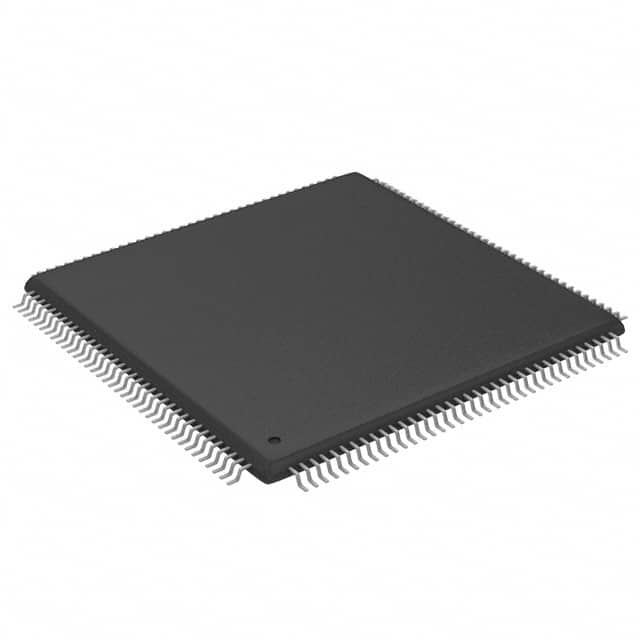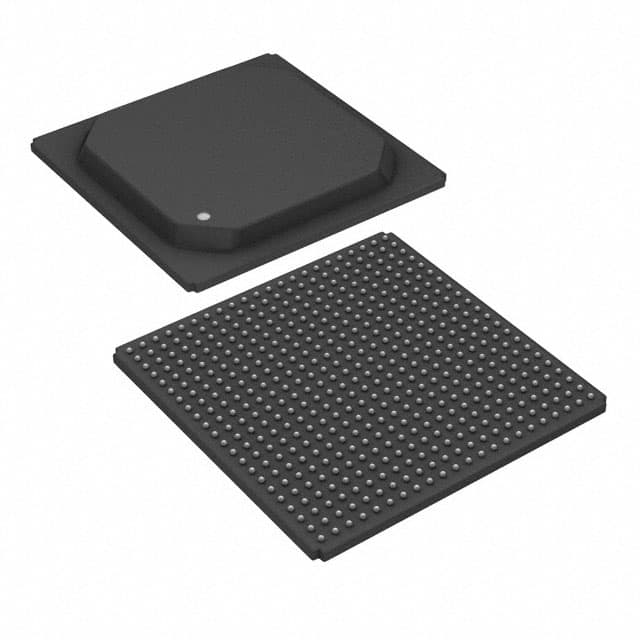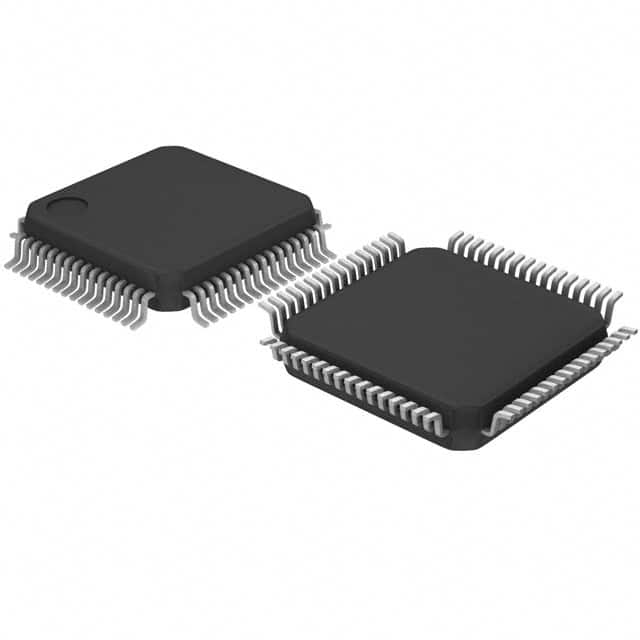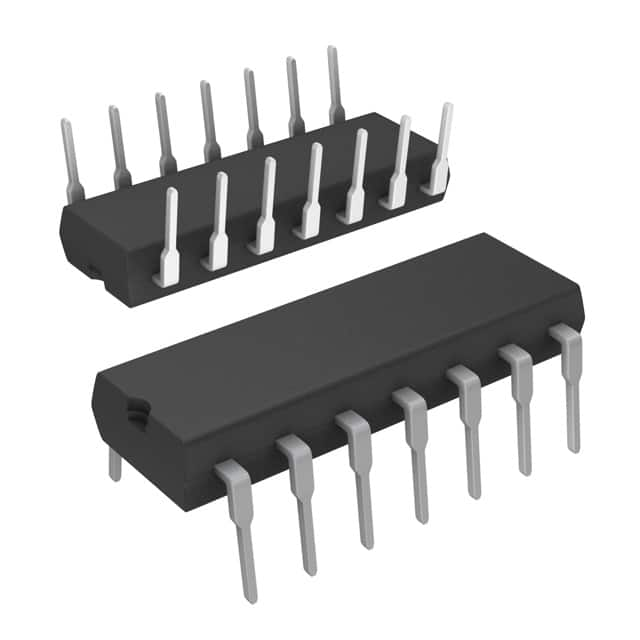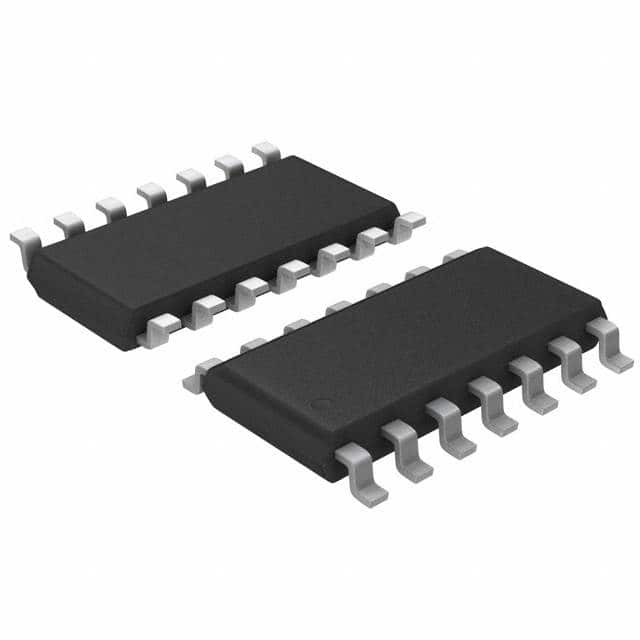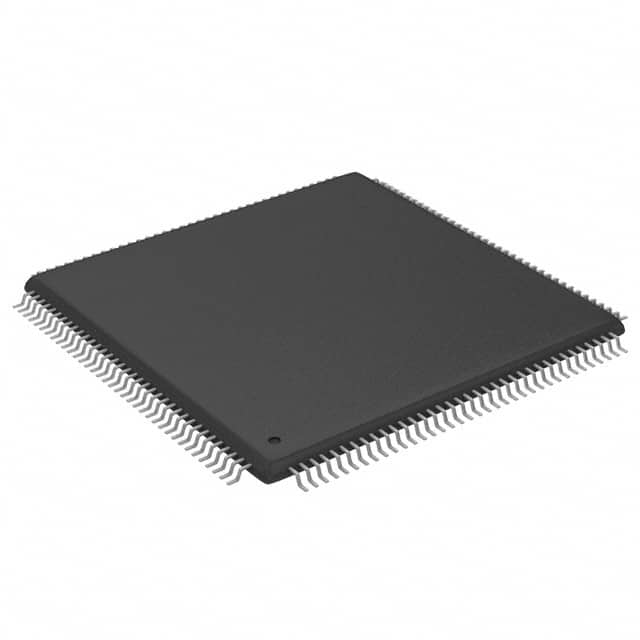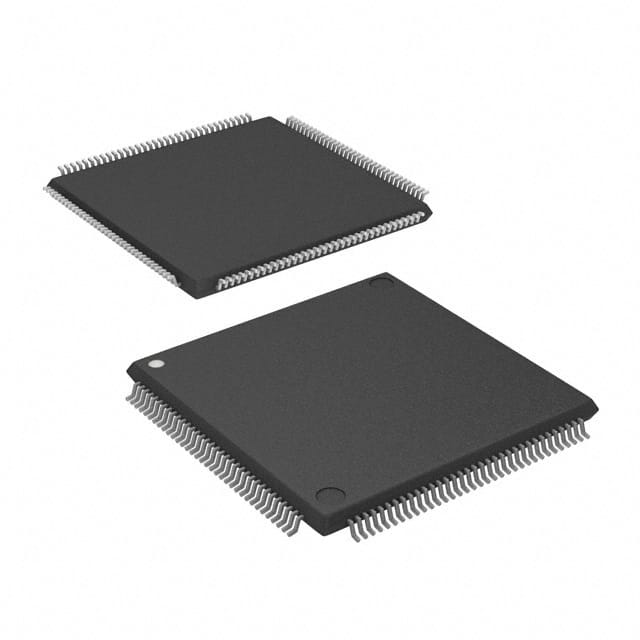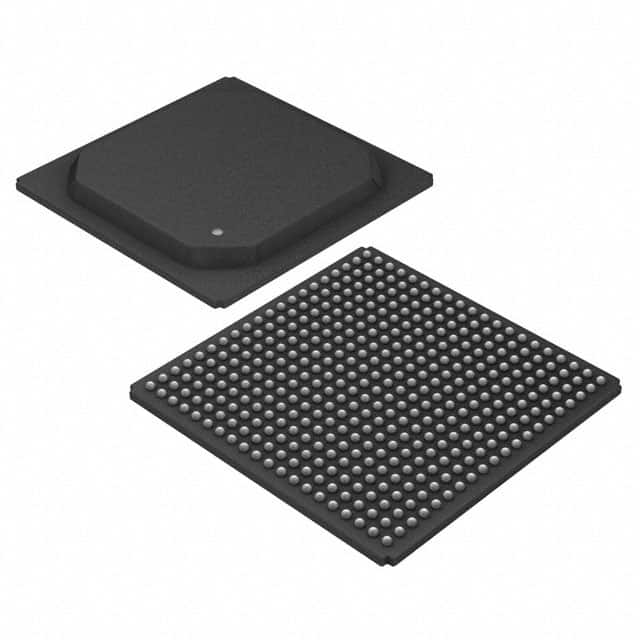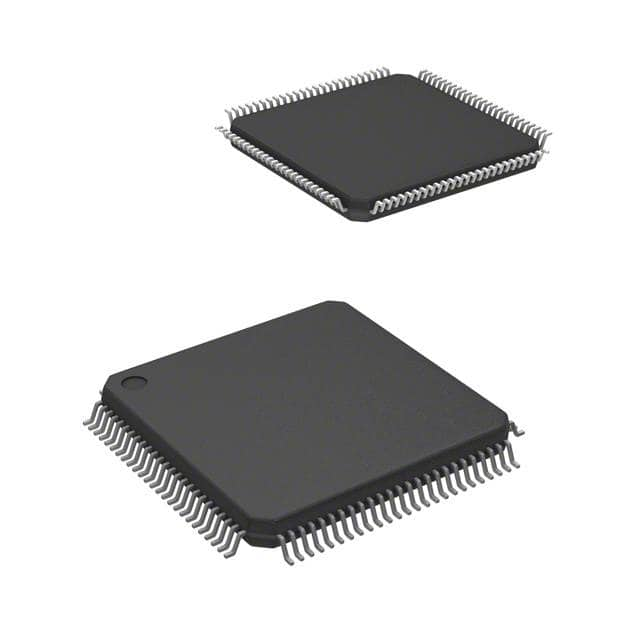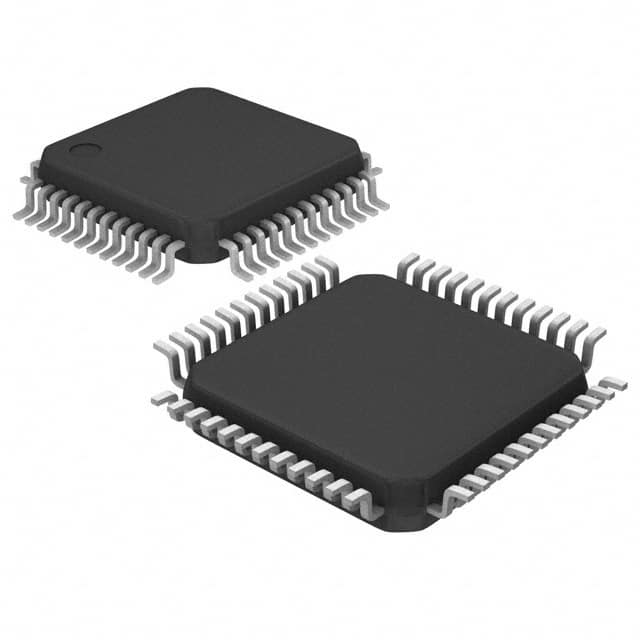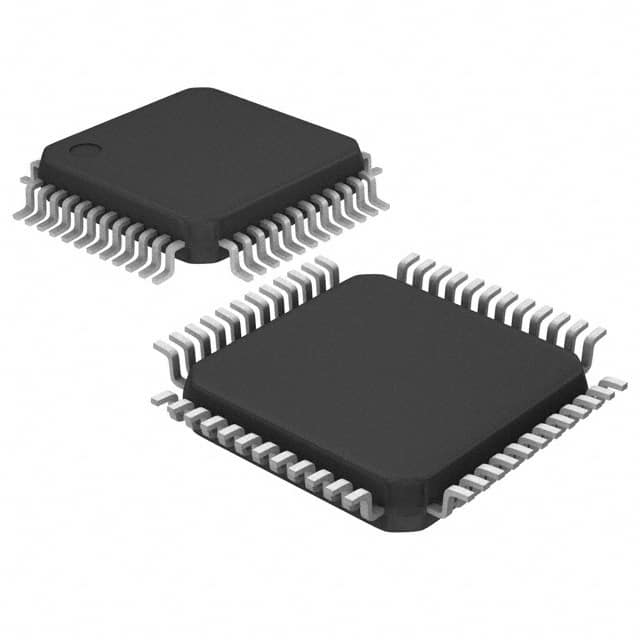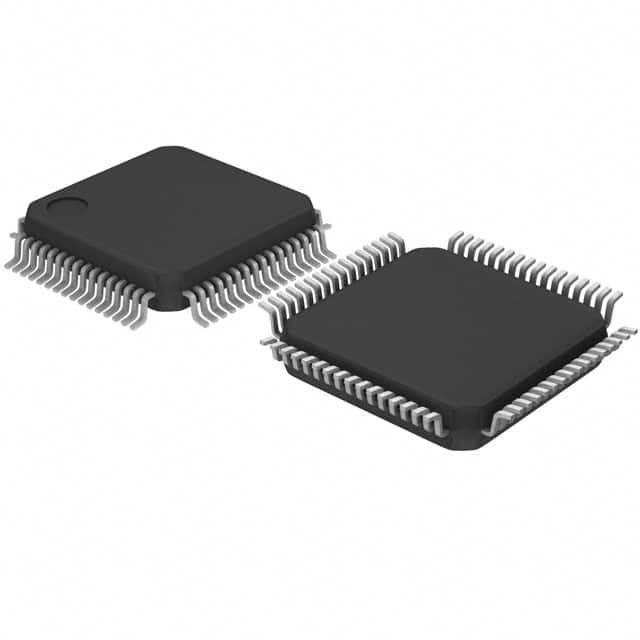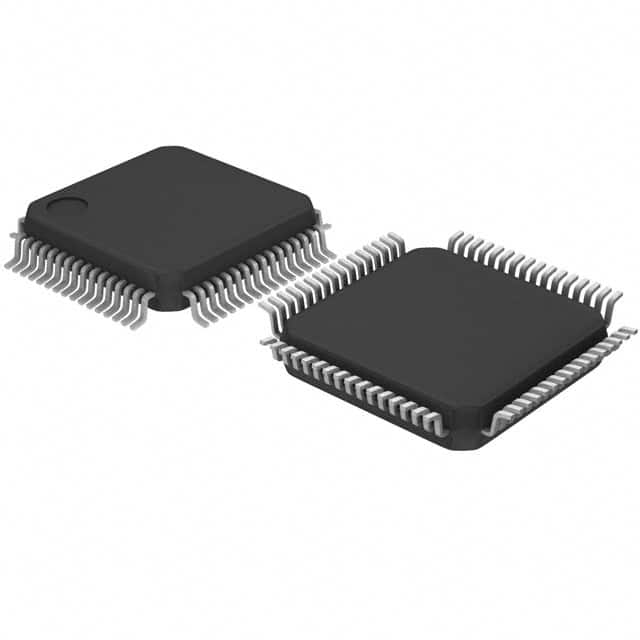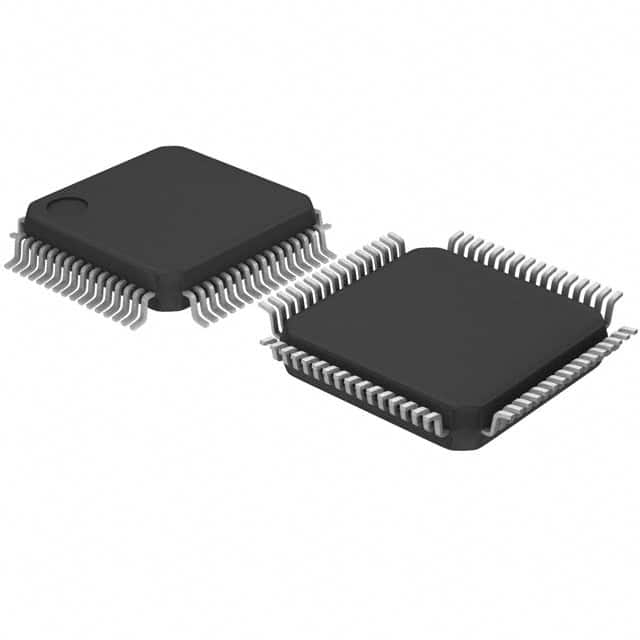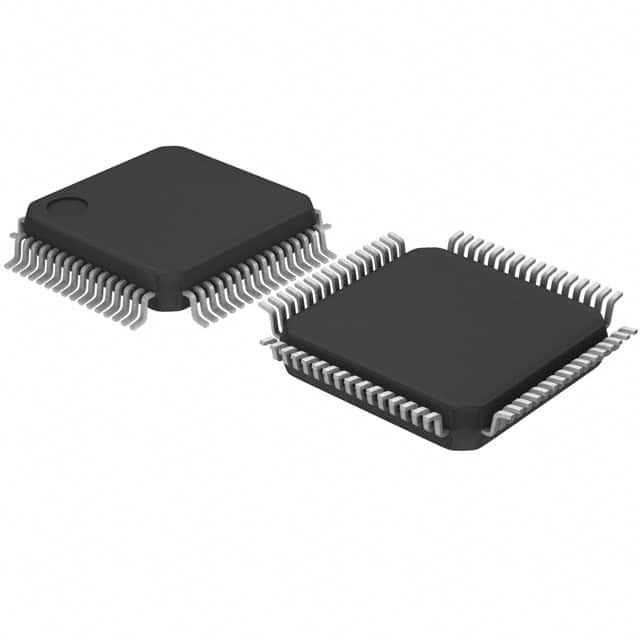DS26303LN-120+A3 Product Introduction:
Maxim Integrated Part Number DS26303LN-120+A3(Interface - Telecom), developed and manufactured by Maxim Integrated, distributed globally by Jinftry. We distribute various electronic components from world-renowned brands and provide one-stop services, making us a trusted global electronic component distributor.
DS26303LN-120+A3 is one of the part numbers distributed by Jinftry, and you can learn about its specifications/configurations, package/case, Datasheet, and other information here. Electronic components are affected by supply and demand, and prices fluctuate frequently. If you have a demand, please do not hesitate to send us an RFQ or email us immediately sales@jinftry.com Please inquire about the real-time unit price, Data Code, Lead time, payment terms, and any other information you would like to know. We will do our best to provide you with a quotation and reply as soon as possible.
Introducing the Maxim Integrated DS26303LN-120+A3, a cutting-edge device that revolutionizes the world of integrated circuits. This advanced product combines high performance with exceptional reliability, making it the perfect solution for a wide range of applications.
One of the standout features of the DS26303LN-120+A3 is its impressive speed. With a clock frequency of 120 MHz, this integrated circuit ensures lightning-fast data processing, enabling seamless performance in demanding environments. Additionally, its low power consumption makes it an energy-efficient choice, reducing overall power costs.
The DS26303LN-120+A3 also boasts a compact design, making it suitable for space-constrained applications. Its small form factor allows for easy integration into various systems, without compromising on performance or functionality. Furthermore, this device offers excellent signal integrity, ensuring accurate and reliable data transmission.
This versatile integrated circuit finds application in a wide range of fields. It is particularly well-suited for use in telecommunications, networking, and industrial automation systems. Whether it's high-speed data communication, network switches, or control systems, the DS26303LN-120+A3 delivers exceptional performance and reliability.
In conclusion, the Maxim Integrated DS26303LN-120+A3 is a game-changing integrated circuit that offers high performance, low power consumption, and excellent signal integrity. With its compact design and versatile applications, it is the ideal choice for various industries. Experience the future of integrated circuits with the DS26303LN-120+A3.
Interface - Telecom is an integrated circuit specifically designed to achieve signal conversion and protocol adaptation between different devices in communication networks. This type of interface typically integrates multiple communication standards and interface protocols, such as PSTN (Public Switched Telephone Network), ISDN (Integrated Services Digital Network), DSL (Digital User Line), GPON (Gigabit Passive Optical Network), etc., to facilitate seamless data transmission in complex telecommunications environments. The design principle of telecommunications interface chips is based on the understanding and implementation of telecommunications network protocol stacks. Through built-in hardware logic, they achieve functions such as signal encoding, decoding, synchronization, and error detection. Its characteristics include high reliability, low latency, wide compatibility, and adaptability to harsh environments, making it a key component in building modern communication infrastructure.
Application
Interface - Telecom plays a core role in the communication industry and is widely used in fixed and mobile communication networks, including but not limited to telephone switches, base stations, routers, modems, gateways, optical network units (ONUs), cable modem head end systems (CMTS), and other equipment. In these applications, the telecommunications interface is responsible for processing the conversion between analog and digital signals, supporting the transmission of various services such as voice, data, and video. In addition, with the development of the Internet of Things (IoT), 5G technology and edge computing, telecommunications interfaces are increasingly integrated into smart grids, smart cities, telemedicine, autonomous vehicles and industrial automation systems to provide stable, high-speed data connections and promote real-time information sharing and processing.
FAQ about Interface - Telecom
-
1. What are E1 and T1 interfaces and how are they used in telecommunications?
The E1 and T1 interfaces are communications standards used for transmitting digital signals; E1 is commonly used in Europe and provides a bandwidth of 2.048 Mbps per line; T1 is used in the United States and provides a bandwidth of 1.544 Mbps per line. These interfaces are commonly used in telephone networks, data transmission and PBX systems.
-
2. What is VoIP and how does it integrate with telecom interfaces?
VoIP (Voice over IP) transmits voice signals over the Internet Protocol, reducing the use of traditional telephone lines.VoIP devices are usually connected to the network via an Ethernet interface (RJ45) and need to be configured with the relevant protocols (e.g., SIP) to enable voice communications.
-
3. What is an ISDN interface and how is it used in telecommunications?
The ISDN (Integrated Services Digital Network) interface is a standard for transmitting voice, video, and data that is widely used in telephone networks and corporate communications systems.ISDN BRI provides two 64 Kbps B channels and one 16 Kbps D channel for voice and data services.
 Lead free / RoHS Compliant
Lead free / RoHS Compliant



